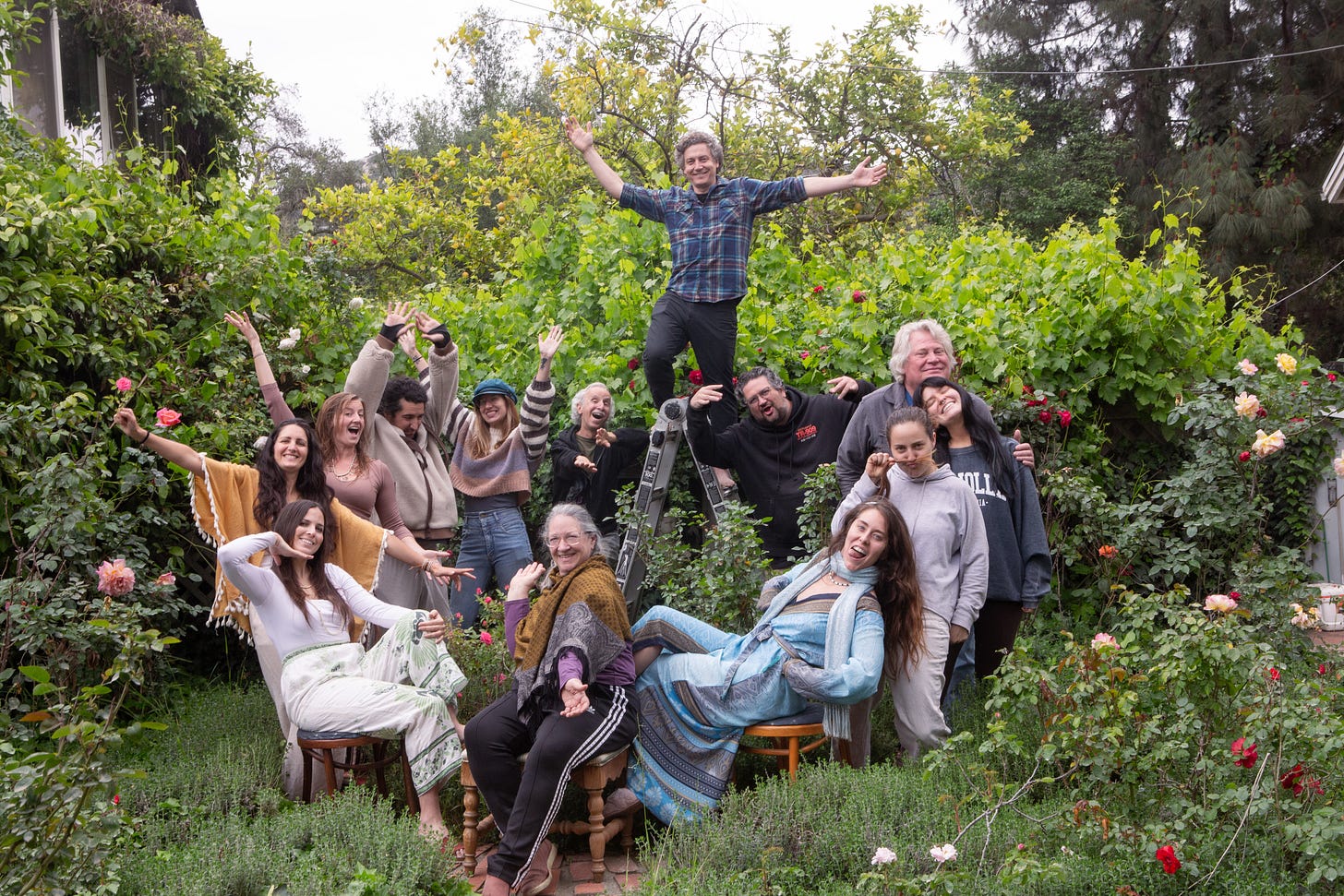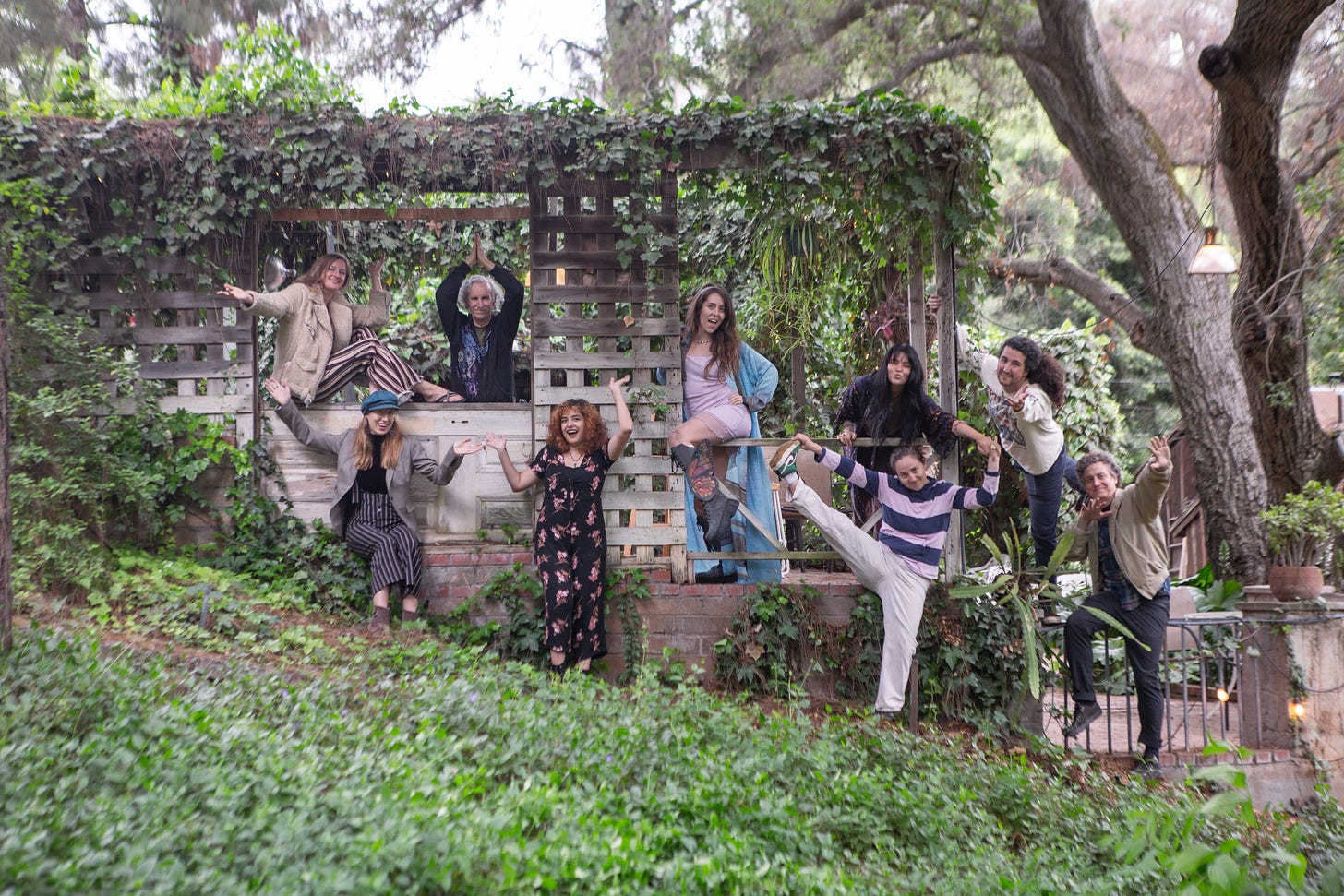Why People Resist Joining Your Community (and How to Solve That)
Getting people to join your community in the early stages is tough.
It’s especially frustrating when you have a really awesome project, stellar people involved, and an inspired vision. It can feel like you’ve organized this epic party but no one is showing up.
I experience this when trying to promote people to come live at my kickass community, and I’m just offering to come rent existing spaces, not front tens or hundreds of thousands to purchase a parcel and build their own house in a regenerative land development (significantly tougher sell).
So let’s just talk out what the common barriers are for people and how to creatively solve for them in your community marketing strategy.

Who You’re Aiming to Attract
You’ve built your team, you have some early investors, and you’re pretty much ready for people to move in or visit as guests, but…no one bites.
Today we are focusing on an archetype that is more or less a consumer of your project. That is not to say that they don’t contribute culturally or roll up their sleeves to do the hard work with you, but at the end of the day, the community members you’re typically looking for at this stage are the people who can throw down money to make your business model work.
For articles about getting the other essential archetypes on board, read:
I also recommend check out this brand-new article from
“Why is it so hard to get families to live in communities?”
They are either residents or guests — bodies that comprise your actual community.
They have reasons to hesitate before pulling the trigger. Let’s break those down.
Reason #1 - It can seem like a risky investment
This is basic sales, but worth emphasizing.
Regenerative community projects are still new, and even if they are planned and built exactly like a normal real estate project, people will have fears and hang-ups. Most especially, people are going to put their brakes on about everything related to the community aspect of it all:
Do I have to share X?
What do I do if my neighbors are doing Y?
Can I sell? Will the community allow me to do what I want with my house?
Will you finish building it? Are you trustworthy team? Have you done anything similar?
Solutions:
Spend time explaining the simple things, like how you intend to share the food you grow, or what level of privacy members will have. People want to assess the “threat” involved in living with other people.
Get a celebrity or someone well-known to endorse your community.
purchased a lot in the ecovillage I worked for in Costa Rica, and it resulted in many people who were fans of his philosophical approach to flood in to be part of the project as well, very few questions asked.Emphasize the trustworthiness of your team, which can go understated. Don’t assume that people know you are committed to see the project through and won’t abandon ship when you run out of money to develop. Start by living there yourself. Produce media about your own story.
Reason #2 - They don’t know what life is going to be like
I’m actually incredibly impressed by one of our ranch residents, who packed up everything and moved from Buffalo New York after discovering us in a social media post. She’s been an amazing addition to our community, but not everyone has that bravery to leap into the unknown. Most people need multiple layers of reassurance.
You need to vividly paint the picture of every day life, either by telling them, or showing them.
Solutions:
Prioritize short-term stays over long-term stays. Host pop-ups that last 2+ weeks. Usually once you get people onsite living for a short time, they start asking if/when they can stay longer.
Prioritize essential infrastructure. I recommend you build a community center space and hospitality space that have the basic amenities necessary to live: shared kitchens and places to work. This allows people to function during longer stays.
Build small models. If you’re wanting people to come and build their houses, build a model house or get small ADUs you can rent out for hospitality purposes.
Reason #3 - They don’t know who their neighbors are going to be
This can (and ostensibly should) be done before you go out and buy land. Building community is easier when you have already built the relationships that make up community.
Solutions:
Host in-person gatherings. Spend time hosting get togethers and getting to know people as part of building friendships, typically before people are moving in. La Ecovilla hosted a weekly farmers market and an eco-festival every 6 months to gather future residents.
Do profiles of future residents. Showcase the stories and backgrounds of people who are going to join, or who already live there. This can be done in fun ways, like short interviews (example 1 example 2 example 3)
Allow for interviews as part of the onboarding. At my community, we have the chance for a new member to know a little bit about everyone who lives there already when they are considering living there. It gives them a sense of what they will be walking into.
Require a short-term stay before residency can be considered. This allows for existing residents and for potential ones to feel each other out, and ensures actual compatibility by testing it.
Community Marketing
At the end of the day, getting people excited about your community is learning how to share your project authentically.
I do a lot of community marketing, for everything from community building collectives to commercial ecovillages to urban colivings to network state longevity cities.
If you want to connect further on your community marketing strategy, reach out here:






